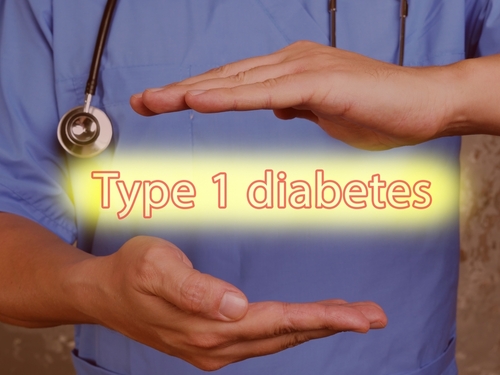
A study highlighted insurance barriers to continuous glucose monitoring (CGM) among young people with type 1 diabetes (T1D). The results were presented as a Late-Breaking Poster at the 84th Scientific Sessions of the American Diabetes Association in Orlando, Florida.
CGM reduces HbA1c and is recommended by the American Diabetes Association within 12 months of a T1D diagnosis. Researchers sought to assess the impact of insurance, race, and ethnicity on the timing of CGM initiation in children with T1D and also compare glycemic control between those who start CGM within 6 months of diagnosis versus those who start it later.
The study consisted of 270 children up to age 21 diagnosed with T1D at UCSF Benioff Children’s Hospitals between
February 2015 and September 2021. Insurance, race, and ethnicity were analyzed using one-way ANOVA testing. T-tests and Wilcoxon tests were used to compare early and late CGM initiation.
The findings showed that, on average, publicly insured children started CGM within 6 months, while
privately insured children started CGM in a considerably shorter time span of 2 months. The investigators observed similar delays in children from historically marginalized racial or ethnic groups compared with White, non-Latinx
children. Specifically, the average HbA1c was 7.5% for children who started CGM within 6 months of diagnosis, compared with 8.4% for those who started later.
“Our results highlight the marked difference in HbA1c in children that receive CGM early on,” said Mette K. Borbjerg, of the Steno Diabetes Center North Denmark and Division of Pediatric Endocrinology and lead author of the study, via a press release. “Ensuring timely CGM access for all children is essential to reduce complication risks. This highlights the need for practices and policies to address barriers to CGM initiation and health care access.”

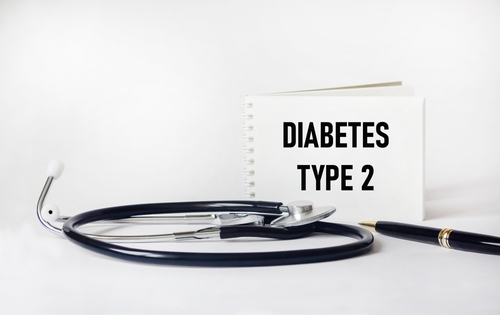
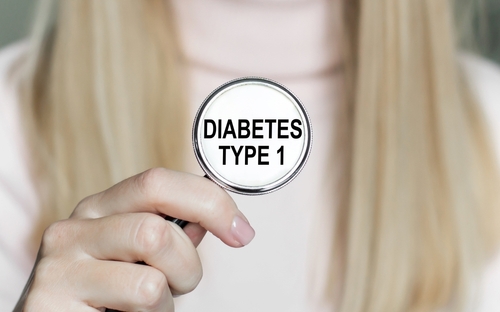

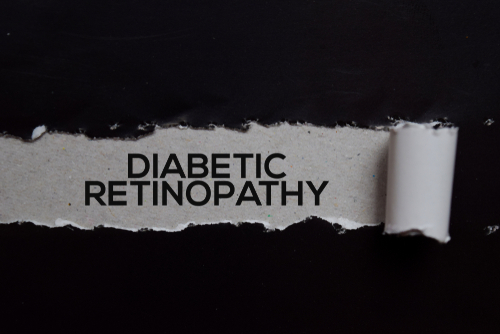
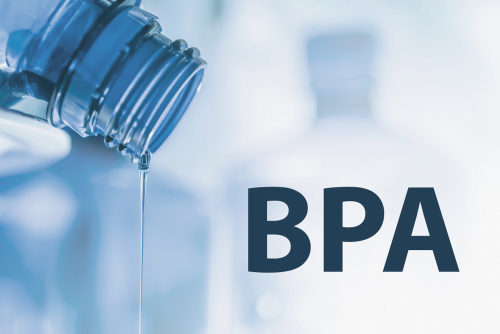

 © 2025 Mashup Media, LLC, a Formedics Property. All Rights Reserved.
© 2025 Mashup Media, LLC, a Formedics Property. All Rights Reserved.